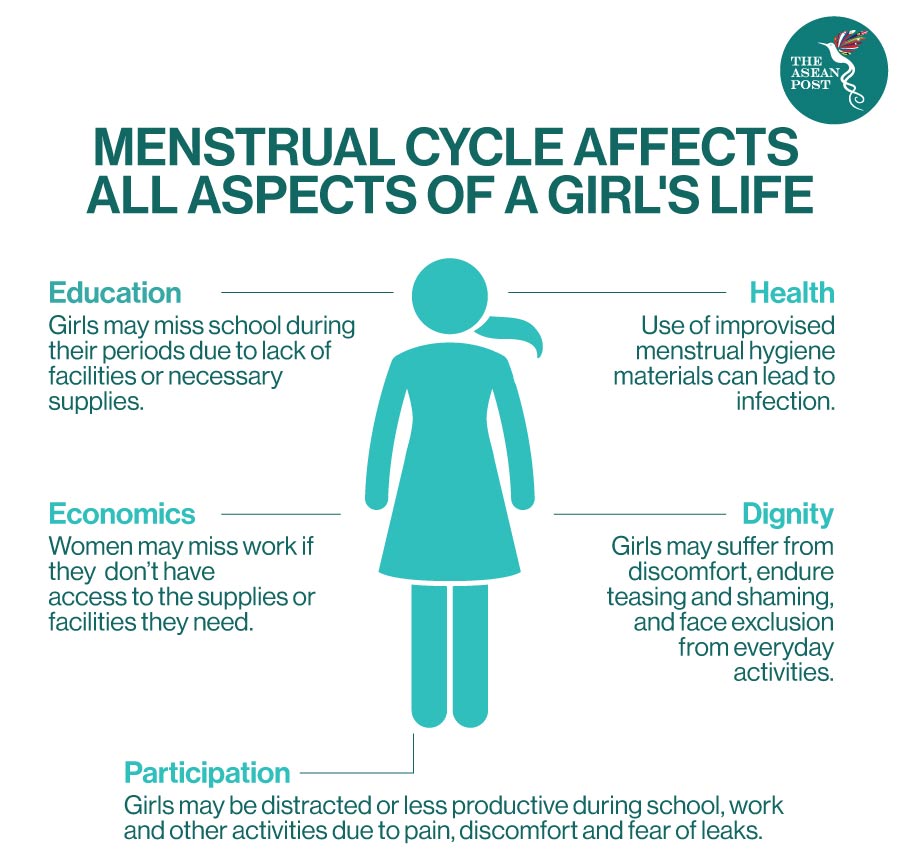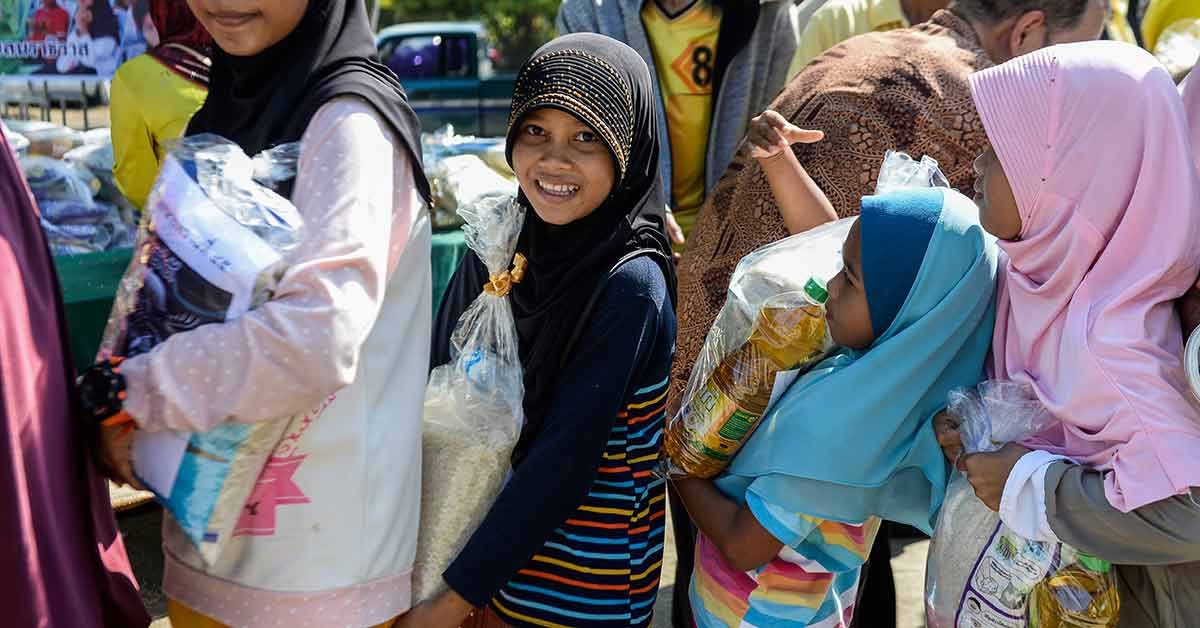In 2019, Zuraidah Daut, a social activist in the east coast state of Kelantan in Malaysia initiated an investigation into the mystery of a girl’s absence from school. What she discovered was appalling. The girl was too poor to buy sanitary products and missed out on days of school.
This motivated the activist to start the “Projek Oh! Bulan” (Oh! Moon Project) where she would set empty boxes at grocery stores and salons for people to donate menstrual supplies for those in need. The project and the issue of period poverty even caught the attention of Hannah Yeoh, Malaysia’s then Deputy Minister of Women, Family and Community Development.
Proper access to menstrual materials, safe and hygienic facilities, and the right to manage menstruation without shame or stigma, is fundamental for anyone who menstruates. Unfortunately, the reality is that some women and adolescent girls live in period poverty. More than 800 million people menstruate daily and many of them are denied the right to manage their menses in a dignified and healthy way.
What Is Period Poverty?
According to ActionAid, a non-governmental organisation (NGO) which aims to tackle poverty and injustice worldwide, period poverty is “a global issue affecting women and girls who don’t have access to safe, hygienic sanitary products, and/or who are unable to manage their periods with dignity, sometimes due to community stigma and sanction.”
The concern of period poverty is not solely about a person’s inability to afford menstrual supplies – but also the limitation of sanitary products, which could lead to a prolonged use of the same pad or tampon. Poor menstrual hygiene can cause physical health risks and reproductive and urinary tract infections, according to the United Nations Children's Fund (UNICEF).
Period poverty also deters girls and women from reaching their full potential. In Rwanda, many girls miss up to 50 school or working days annually because of the prevalent issue and the stigma attached to it.
The statistics don’t just end in the small African country; the problem also takes place in wealthy nations such as the United Kingdom (UK). It was reported that one in 10 girls between the ages of 14 and 21 have been unable to afford menstrual products, while 49 percent have missed an entire day of school because of their period.

Unfortunately, the problem has further exacerbated amid the coronavirus pandemic. Britain’s charity Bloody Good Project (BGP) said that it is supplying almost six times as many menstrual products now compared with before the outbreak began. Overall, they have supplied 53,000 products to community support groups, those fleeing domestic violence, homeless shelters and asylum seekers, among others since March this year.
If the UK, a developed country is facing such an issue – what about third world and developing countries?
Closer To Home
Recently, there has been a growing number of NGOs such as the BGP and The Pad Project – that are dedicated to raising awareness on period poverty and increasing the availability of menstrual tools around the world. Many organisations and activists have come forward – mainly in the West, to discuss period poverty.
However, this issue is almost muted in Southeast Asia – where some of the countries in the region are the poorest in the world such as Myanmar and Cambodia. Despite the lack of coverage on the issue, it is highly likely that there are many women in the region living with period poverty.
Natasha Dandavati from Malaysia’s Women’s Aid Organisation (WAO) said that women in the B40 category (lower income group in Malaysia) certainly struggle with this issue. She noted that “while we don’t have official statistics on the extent of this issue in Malaysia, we do know that girls and women from poorer communities resort to using coconut husk and newspaper in place of unaffordable sanitary products,” which are hazardous to their health.
Despite the fact that half of ASEAN’s population are women, period poverty is not a popular issue in Southeast Asia as the topic of menstruation is deemed taboo and very much stigmatised.
Women who menstruate are sometimes ostracised as they are considered ‘dirty’ in some cultures. In some Asian countries, women are often excluded from religious rituals and places of worship when they are menstruating.
According to Dr Varina Tjon A Ten, a former parliamentarian in the Netherlands and professor at The Hague University, this is a global issue that is hardly debated “because it’s not sexy,” but is definitely one that needs to be vocalised.
It is unclear how critical period poverty is in Southeast Asia as there are no official records or data related to it.
Period poverty is a global problem that affects the health, education and productivity of young girls and women. It also has a telling effect on the socio-economic status of a country.
Related Articles:
